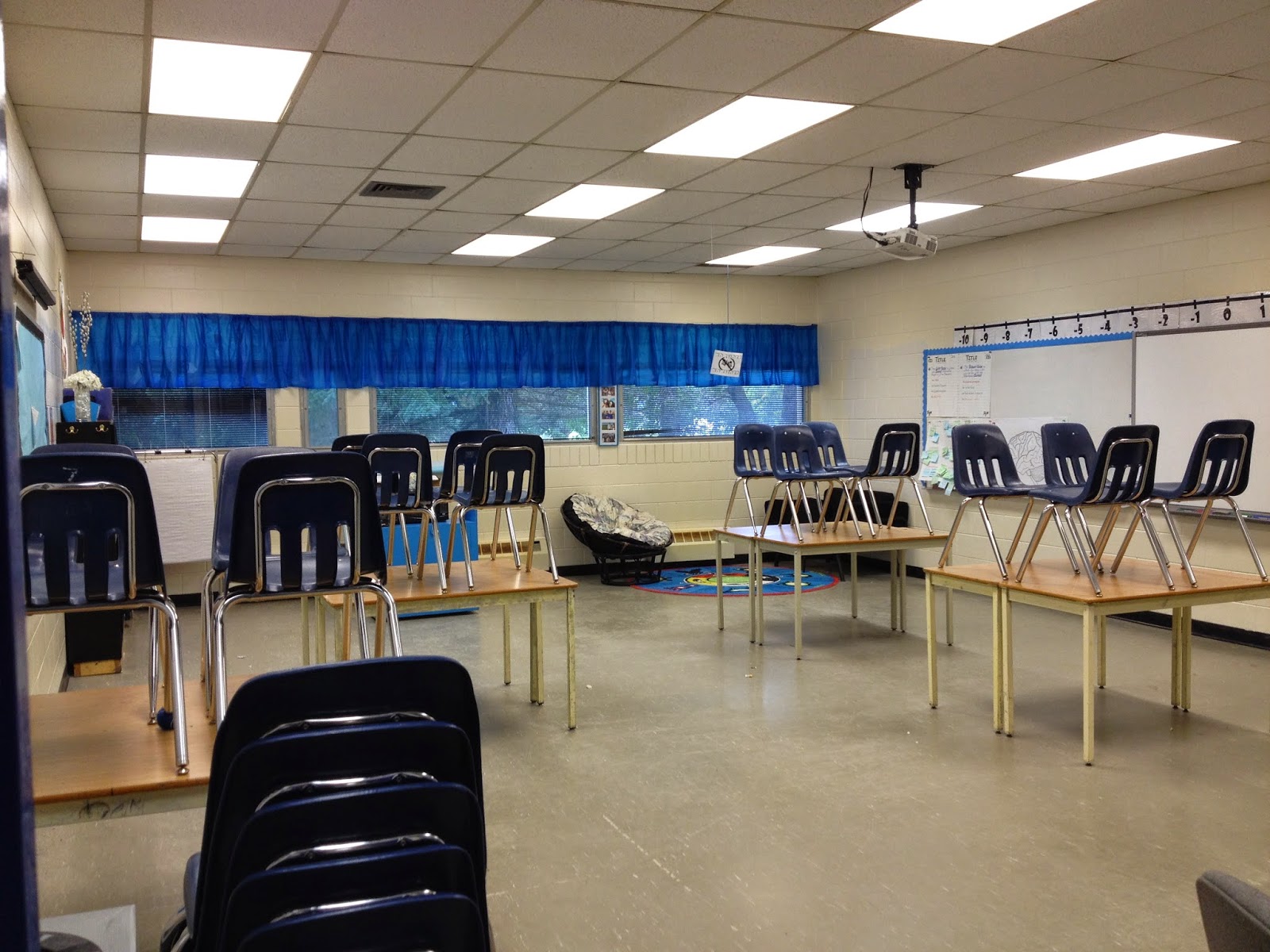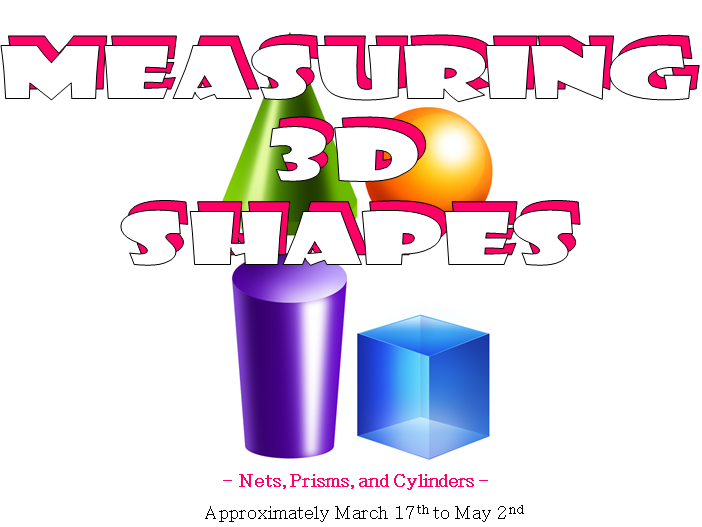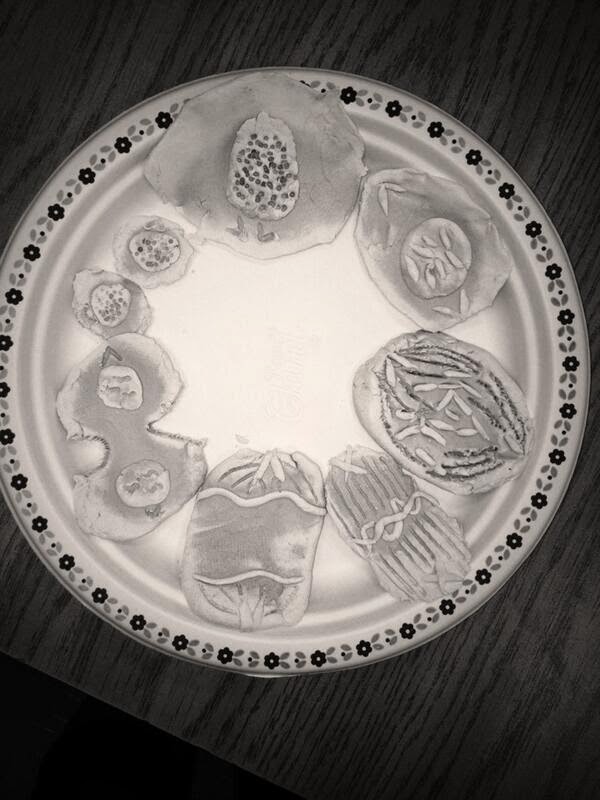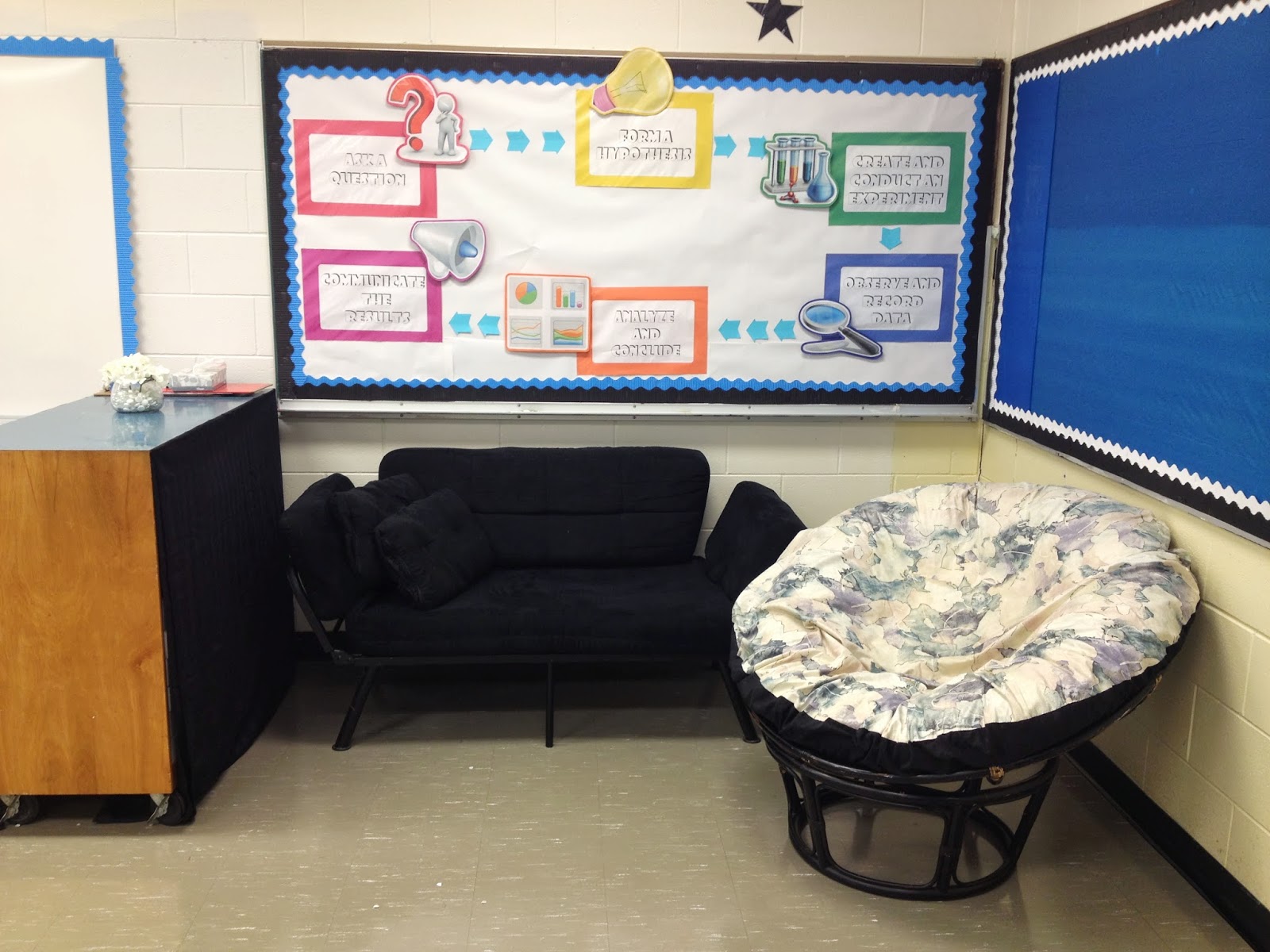During the last week of school in June our school began major renovations which included redoing the exterior walls of an entire wing of our building, some roofing restructuring, and a brand-new science lab/classroom. While everyone in our building was (and still is) excited about these upgrades, the construction may continue all the way until January. Understandably, this is creating a lot of inconveniences as we all adjust to new classrooms, half-finished classrooms, unavailable resources, loud noises, etc. Amidst all of the craziness, however, I was surprisingly able to keep my classroom! I am so thankful… Read More
Welcome to Our City: Math Tech
For the past week, my Grade 8 students have been working on creating 3D Model Cities as part of their summative assessment in our math unit, Measuring 3D Shapes. They were asked to develop a unique city that required them to: – Create appropriate 2D nets (with measurements) to create the building shapes they wanted – Determine the surface area of each building – Determine the volume of each building As a side project, we then created videos to show off their awesome creations! Each student filmed and edited their own movie using their personal devices… Read More
No Notes? No Problem!
This year I’ve struggled with my Grade 9 Math class, a concern that I’ve mentioned a few times during my embarrassingly infrequent 2 Stars & A Wish posts. While there is no note-worthy behavioural challenges, this particular group of students is incredibly diverse in their foundational math skills & we have everything from Middle School to post-High School levels. Furthermore, there are still a few students who are still adjusting to the different requirements of High School compared to Middle School (although this transition is fairly smooth being in a K-12 school). I have been trying my best to differentiate… Read More
Introducing 3D Shapes
The week before Spring Break marked my Grade 8’s introduction to 3D Shapes. This is our 6th unit of the 8 that we will cover this year and, personally, I think it is one of the most fun! Here are some of the activities we completed over the week, they were NOT all done in one day. PRIMARY ACTIVATION I started off the unit by having students, in groups of 4, brainstorm ALL of the ingredients they would need if they were going to bake a cake. Some students went very simple with the boxed-cake-mix approach, others had detailed… Read More
mRLC Backwards by Design PD
Today was a division-wide PD day for TRSD and each school was responsible for holding their own unique PD opportunity for their staff based on their school goals. At “S-School” we attended a session on Understanding by Design, sometimes referred to as “backwards planning”, “Universal Design for Learning” or “Planning with the end in mind”. Design. (2011). Uploaded to Tach @ Riverdale by Meg Krause. Available online at:http://blogs.riverdale.edu/techintegration/2011/11/26/understanding-by-design-the-backward-design-model/ The session was divided into two half-day sessions, with the morning organized in a lecture-style format regarding the ins and outs of the planning strategy, while the afternoon allowed… Read More
Classroom Blog & the Development Of Our PLN
This past week marked a milestone for my Grade 8 class: the completion of their third round of blogging. Each science class, my students take turns being the “Class Scribe” or “Blog Author” using these guidelines: – Our first class scribe of the year volunteered– Only the current scribe has the power to appoint the next scribe– Everyone must have a turn before someone can post again*This is a system I modified from a friend, Darren Kuropatwa, who has a lot of experience blogging in the classroom. Now there are some exceptions to these guidelines: – If a student… Read More
Exploring Mitosis & Meiosis
Term Two is beginning to settle into a routine and my Grade 9s are hard at work on their unit on Reproduction. The first things we discuss are both Mitosis & Meiosis. With mitosis being the process in which cells divide into equal clones of themselves to produce body cells and meiosis being the process in which cells divide into haploid cells to produce sex cells (sperm and eggs). In addition to textual notes on both of these topics, I really wanted to incorporate activities for my students who may learn best through music and hands-on activities.… Read More
Don't Blame The Tool – Blame the Environment
One thing that I’ve been thinking about a lot lately is the use of devices in the classroom and how polarized educators seem to be when it comes to managing how students use their personal devices during class time. In fact, on Friday during a lunch out with colleagues I overheard someone say they should be banned all together in the classroom! Another teacher mentioned how they planned on implementing a bargaining system where students could earn a “tech-break” depending on their behavior during certain activities. Regardless of the specific details, a majority of teachers agreed that devices were… Read More
Sit Wherever You Like… and Other Room 132 Anomalies
This week I was responsible for distributing and collecting surveys from all of the teachers in our school regarding our PD wants/needs. As such, on Thursday during my prep, I visited each classroom in our school to ensure I had everyone’s surveys… and I noticed something interesting. I am the ONLY teacher from Grade 8 to Grade 12 that does NOT have my student’s desks in rows facing the “front” of the room. In fact, I am only teacher that does not have their desk as the focal point of the room! I am also the only teacher… Read More
What Makes A Great Teacher? Part Two
Last week I shared Keith Hughes video, “The Recipe for Great Teacher” and shared my comments on the first two “ingredients”. (If you missed that post, you can check it out here.) One week later, I’m back and read to explore this further! Like Keith says, the final two ingredients are those “warm fuzzies”; that’s right, we’re going emotional on you. Before you read on, however, if you need a reminder, I’ve embedded Keith’s video again: Here are my thoughts: 3 ) 25% Authenticity– This one may seem pretty obvious but our students want us to be real. They… Read More







